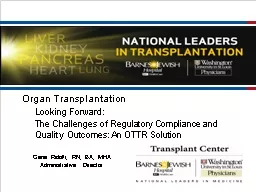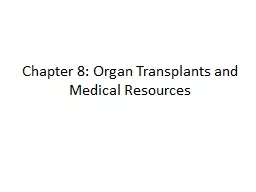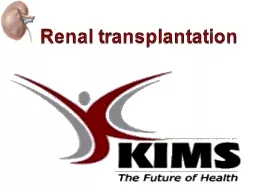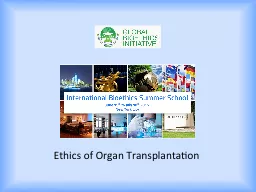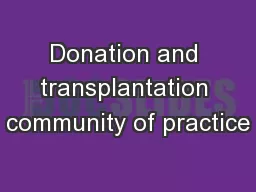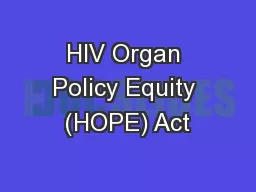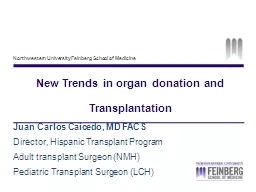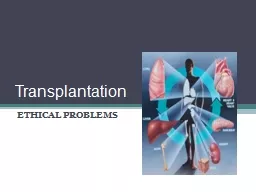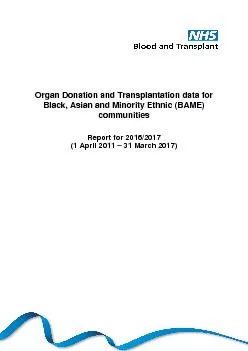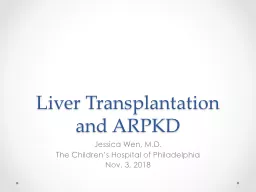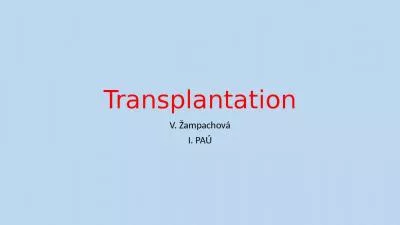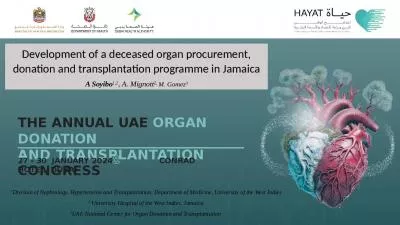PPT-Organ Transplantation Looking Forward:
Author : unisoftsm | Published Date : 2020-06-17
The Challenges of Regulatory Compliance and Quality Outcomes An OTTR Solution Gene Ridolfi RN BA MHA Administrative Director Introduction The numbers are well known
Presentation Embed Code
Download Presentation
Download Presentation The PPT/PDF document "Organ Transplantation Looking Forward:" is the property of its rightful owner. Permission is granted to download and print the materials on this website for personal, non-commercial use only, and to display it on your personal computer provided you do not modify the materials and that you retain all copyright notices contained in the materials. By downloading content from our website, you accept the terms of this agreement.
Organ Transplantation Looking Forward:: Transcript
Download Rules Of Document
"Organ Transplantation Looking Forward:"The content belongs to its owner. You may download and print it for personal use, without modification, and keep all copyright notices. By downloading, you agree to these terms.
Related Documents

